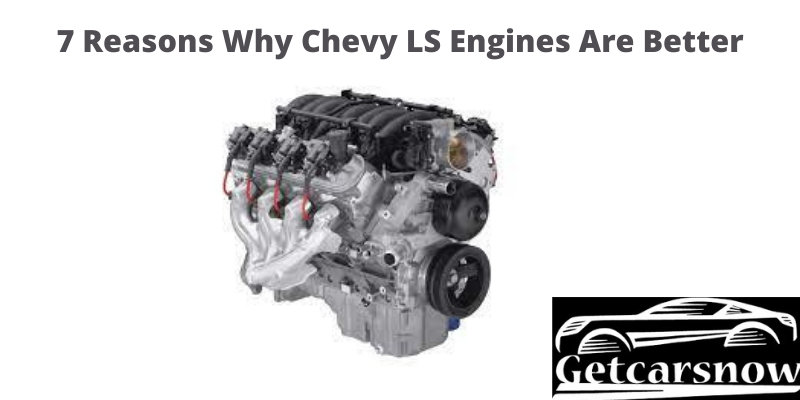
Engine Cooling System In Automobiles & Cars
The Cooling system of an Engine is a very important part of a vehicle’s engine. You would be certainly aware of the Fact if you have ever drive your vehicle, on a sunny day. The Engine Cooling System serves three important functions to the vehicle.
- Firstly it removes all the excess heat produced by the engine compartment.
- secondly, it maintains the engine’s favorable temperature. so that the engine works smoothly and efficiently.
- Lastly, it lowers the temperature of the engine as soon as possible.
How really does The Cooling system of an engine work?
The cooling system comprises six parts that are – engine, radiator, water pump, cooling fan, hoses, and thermostat. In the ignition process, the liquid energy of the fuel is directly converted into heat energy. This excess heat produce needs to tackle somehow. so that coolant is being circulated in the engine through a water pump. After which the hoses carry the Hot coolant back to the radiator from where excess heat is transferred to the air that is pulled of by the engine cooling fan. After which coolant is pulled back to the cooling pump hence recirculated into the engine.
When an engine is cold usually in the morning vehicle’s engine work somewhat differently than it does usually. Automobile engines are designed in a way that cools by themselves. After the engine reaches a desired operating temperature the thermostat helps the engine to maintain it at a stable temperature. The thermostat is somewhat like a valve that opens and closes itself to maintain the temperature in the vehicle’s engine. The purpose of a thermostat is that it isolates the engine from the radiator until it reaches a minimum operating temperature. Without which engine will take too long to warm as it would be losing energy to the radiator. After the engine reaches the desired temperature thermostat starts to adjust the radiator’s flow to the engine.
But sometimes it usually happens that the coolant becomes so hot that the thermostat opens all the way up thus making the engine completely involved with the radiator to help the engine to make temperature stable. In some circumstances, if the airflow to the radiator is too low the radiator would not be able to do its job as desired and thus risking the engine by getting overheating. we Handl this by increasing the coolant flow rate. Thus the engine can transfer more power to the coolant and get back to a normal temperature.
Types of cooling in the engine compartment-
There are two types of cooling perform in the car one is cooled by air and another is cooled by the liquid. The cooling by air engine is almost never found nowadays they have become a thing of the past. But there were the days when air-cooled engines were the trademark of companies like Volkswagen. Nowadays air-cooled engines are found in the new motorcycles but not really in the cars.
The Cooling Agent –
A cooling agent is an essential part of the engine’s cooling system. Made up of ethylene glycol, the Cooling agent can easily withstand a temperature of -10 degrees celsius and at the same time, it can even handle a temperature beyond 250 degrees celsius.
In most places blend of 50% antifreeze with 50% water is considered the best blend for the cooling agent. But if the temperature in your area exceeds below zero degrees. In this case compound of 75% antifreeze with 25% water is considered the best blend in that particular situation. This concentration is exceptional and generally not used in the coolant.
We can maintain a colling system of the engine. By removing all the old coolant and simply swapping it with the new one. A power wash is a difficult process. which must perform by a professional. As it will clear all the water along with any remnants of old coolant as well as sediments. You can also read Internal Combustion Engine, BMW X6 M Engine.
Conclusion-
Nowadays every automobile comes with a liquid cooling system in the engines. Automobile engines produce a lot of excess heat while on a nice trip. which must cool continuously to reduce the chance of engine damage. We can cool the engine by circulating the coolant mixed with water and some antifreeze solution. which Circulate across the engine through the cooling passage. while there exists some kind of engine that cools itself through the use of the air flowing through the cylindrical vessels. A water cooling system and air cooling system contain interconnected colling channels. Excess heat from the engine passes from the radiator then directly to the air. The radiator contains a direct join by rubber hoses to the engine. It also has a top and bottom tank linked by a core of connected tubes



